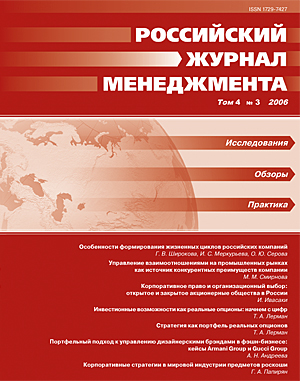Managing Relationships in Industrial Markets as a Source of Firm's Competitive Advantage
Abstract
The article investigates the potential of sustainable competitive advantage creation by managing buyer-seller relationships in industrial markets. We analyze the effectiveness of the efforts that the firms undertake in order to deploit the relationships' potential and their multiple effects on the firm's long-term competitiveness. The starting point of the investigation is the assumption that any interaction creates value for both sides involved. One of the key variables of the analysis are supplier's relational capabilities, regarded as a factor influencing the potential of relationship value creation. Trying to evaluate the success of the interaction, we analyze also the influence of the chosen strategy on firm's performance and its adaptability as readiness to meet market changes in future. The conceptual model proposed has been empirically tested on the base of the sample of German industrial firms.
Downloads
References
Downloads
Published
How to Cite
Issue
Section
License
Articles of the Russian Management Journal are open access distributed under the terms of the License Agreement with Saint Petersburg State University, which permits to the authors unrestricted distribution and self-archiving free of charge.





